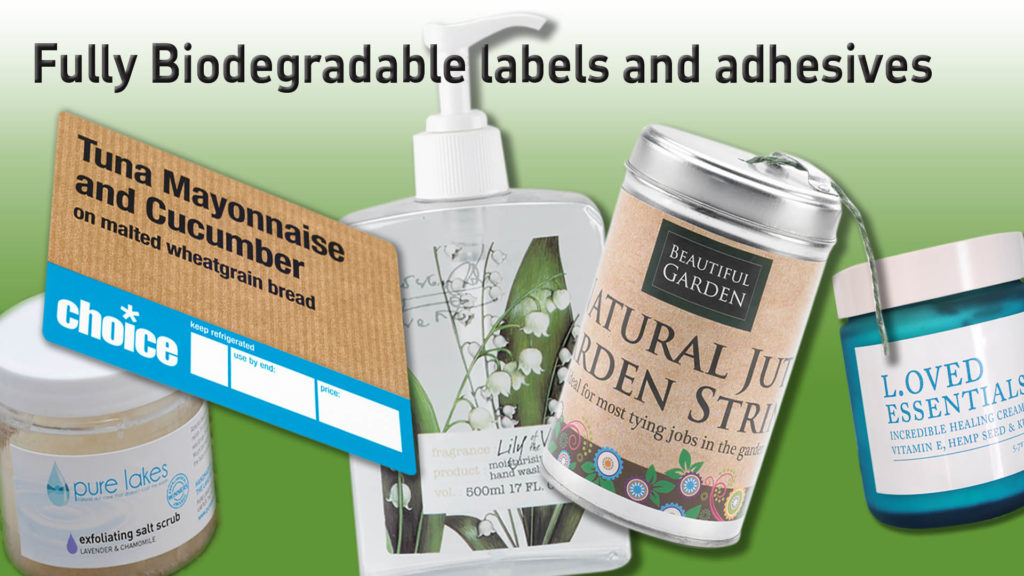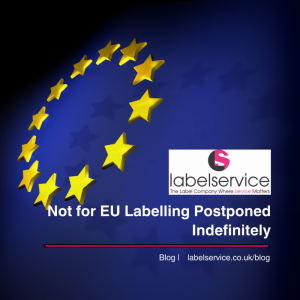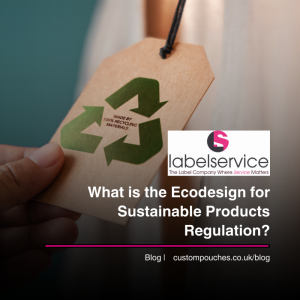The sugarcane label is both eco-friendly and attractive. It also has a bonus of sustainability in the fact that it is not only more eco-friendly to produce than wood-pulp paper but it also biodegrades faster and returns nutrients to the soil. These qualities make it an excellent choice for using to produce compostable packaging and labels.
The label face stock is made from bagasse – a sugarcane fibre waste product created by the sugar refining industry. For every 10 tonnes of sugarcane crushed, a factory will produce nearly 3 tonnes of wet bagasse. That’s not to mention the waste fibre that remains in the field after harvesting. The waste is disposed of by treating it as garbage: dumping or burning it, causing extra pollution to enter the atmosphere.
Sugarcane is a renewable eco-friendly source as it reproduces in cycles of less than one year. In comparison, trees for paper production generally take 7 to 10 years to reach maturity. Deforestation accounts for 20 percent of all greenhouse gas emissions worldwide. By using sugarcane in place of wood pulp we can lower pollution and preserve forest ecosystems.
Products, packaging, and labels made from bagasse require less energy to produce. The waste product has been harvested and collected as part of the sugar industry processes – it’s already at the factory! Because fewer steps are needed, sugarcane is less polluting and less fuel intensive than its wood-based counterpart. Bagasse is already available in abundance as an agricultural waste product. Since the waste product already exists, it makes sense to use it!

















